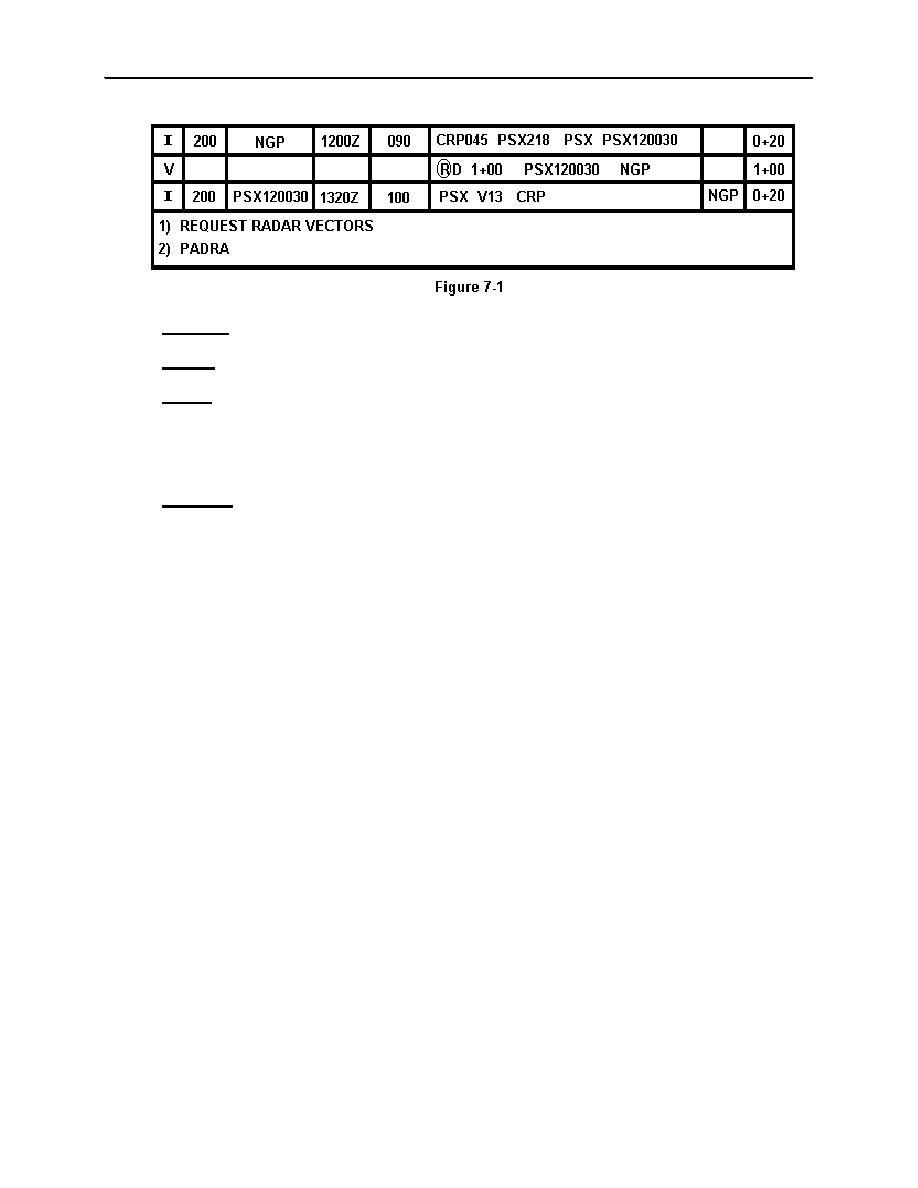 |
|||
|
|
|||
|
|
|||
| ||||||||||
|
|  JOINT ADVANCED MULTI-ENGINE T-44A
702.
Departure. Perform a normal IFR departure.
703.
Enroute. Spend this time updating the fuel log and planning your VFR descent to on-station.
704.
Descent. As always, a good VFR scan is important. Most likely there will be no radar service available at
low altitude. There is heavy VFR traffic along the coastline, and helicopters transiting to offshore oil rigs.
For these reasons extra outside vigilance is required. Another consideration is when to descend. Obviously
a transit of 80 miles out to sea at 500' does not save any fuel. Generally it is best to remain between 1500
and 2500 feet for a good visual search and ease of descent to "rig" altitude.
705.
On-Station. There are several critical phases on-station, which are discussed, in the following paragraphs.
(1)
PIC Responsibilities/Crew Coordination. It is essential the cockpit team work together. Low
altitude, relatively high-speed flight does not leave much room for errors. A plan must be made and briefed
prior to descent. At a minimum, a low altitude brief should include standard instrument back-up
procedures, low altitude emergency contingencies, and outside/inside lookout doctrine. The brief could
sound like: "Monitor the instruments-call out any unusual attitudes. If I don't respond, assume I have
vertigo and take the controls. Call me slow at 140 KIAS. Below 1000', call our altitude and rate of descent
every 100'. If we have a malfunction while down low, I'll begin a climb and then handle the emergency.
During rigging, my scan will be outside, yours should be inside."
NOTE: Accomplish seat swaps over water at 1000' and above.
(2)
Autopilot Usage/Descent Below 1000 feet. The AP could be useful during the transit and
surveillance portion of the mission, but since it disconnects during Control Wheel Steering, its on-station
capabilities are minimal at best; it therefore serves little purpose during actual rigging. Descending below
1000', the CP should be calling altitudes passing every 100', and the rate of descent should not exceed the
altitude. Cross-check the altimeters and RADALT frequently. Leveling off, update the barometric
altimeter with the radar altimeter.
(3)
Sea State/Winds. Use the sea state and actual or forecast winds to plan the rigs, and to update your
ditching plan. Remember the main swell is best determined while at altitude. Review the ditching
procedures in Section V of NATOPS for additional information.
(4)
Rules of Engagement. Rules have been established regarding aircraft/ship encounters to preclude
confusion of our intent towards the vessel in question. The following guidelines have been set for CTW-4
aircraft:
(a)
No "zooming" of vessels (approaching in a threatening manner and then abruptly breaking
off)
(b)
No crossing the bow by closer than 1 mile except to get the vessel's attention in an emergency
(c)
No closer than 500' abeam when below 1000'
(d)
Avoid over-flight except when required, and then no lower than 1000'
(e)
No purposeful manipulation of propeller RPM
7-2
OVER-WATER NAVIGATION STAGE
|
|
Privacy Statement - Press Release - Copyright Information. - Contact Us |